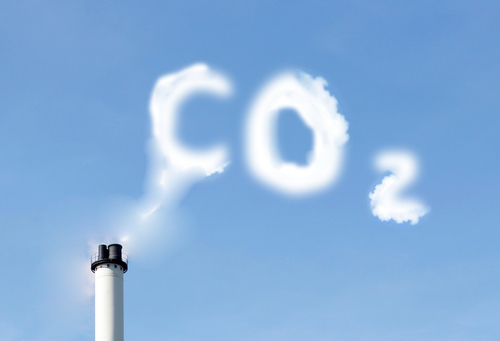Carbon emissions from the energy sector expected to drop by record 11 percent in 2020

Energy-related carbon dioxide (CO2) emissions are expected to decrease by 11 percent in 2020 largely due to the nation’s response to containing the COVID-19 pandemic, the U.S. Energy Information Administration (EIA) reported this week.
If this forecast comes to fruition, it would represent the largest annual decline since 1949 when EIA’s energy-related CO2 series began. EIA said energy-related CO2 emissions will decline far beyond the 5 percent decline in gross domestic product (GDP) in 2020.
Much of the anticipated drop in CO2 emissions stems from COVID-19-related travel restrictions and the economic slowdown that has occurred from efforts to mitigate the spread of the coronavirus. But even before the emergence of the pandemic, EIA had expected a decline in 2020 energy-related emissions. Demand for petroleum products began to decline in March and, by mid-April, demand reached its lowest levels in decades. This was due to stay-at-home orders, travel restrictions, and work-from-home arrangements, which reduced demand for gasoline, fuel oil, and jet fuel. Petroleum is the largest source of energy-related CO2 emissions, accounting for 46 percent of the total in 2019. In 2020, that is expected to decline by 11 percent, same as the CO2 emissions decline.
Natural gas is the second-largest source of energy-related U.S. CO2 emissions at 33 percent of the 2019 total. EIA expects a 4 percent decline in natural gas consumption and CO2 emissions in 2020. The electric power sector is the largest consumer of natural gas.
In addition, energy-related emissions from coal accounted for 21 percent of the 2019 total. In the 2020 forecast, coal CO2 emissions are expected to fall 23 percent. “The electric power sector accounted for more than 90 percent of the coal consumed in the United States in 2019, and EIA expects coal to continue to lose market share to natural gas and renewables in the power sector in 2020,” EIA said.
